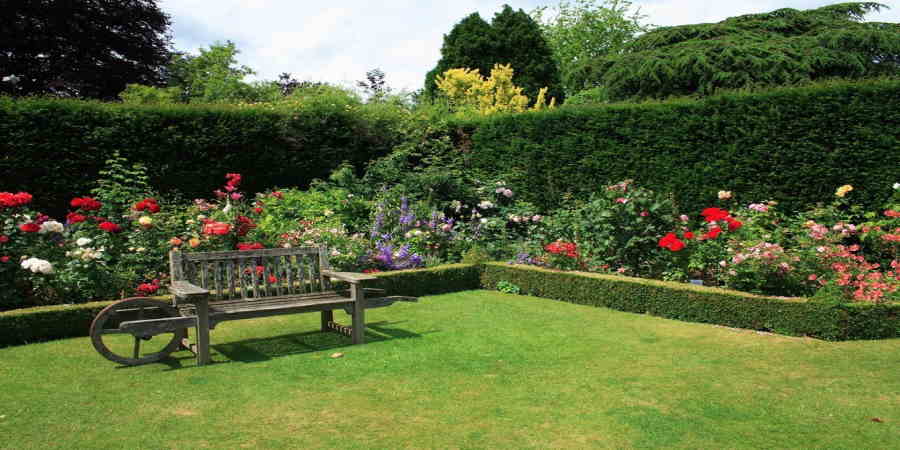Gardens should be able to be enjoyed by all and that includes those with mobility issues such as the elderly or disabled. Given their natural surroundings, it may be that case that a garden has been poorly planned and access and mobility within it are poor. If you are thinking of having landscape architects recreate your garden and you wish to be accessible for all, there are specific aspects that need to be incorporated within your garden’s design.
If you are unsure as to what elements and features your landscaping design needs to include, then read on as we have ten tips to help you make your garden more accessible and usable by those who have mobility issues, including yourself if you, unfortunately, fall into that category.
Tip #1 – Include Lots Of Seating: This is a feature that will be welcomed by those with and without mobility issues. Seating not just gives them a place to stop and rest, but also provides opportunities to relax and take in the beautiful surroundings
Tip #2 – Avoid Large Or Curved Lawns: Lawns require a considerable amount of maintenance which may not be easy for those who struggle with their movement. If you must have a lawn make it a small one with a regular shape. Alternatively, replace your lawn with a wood or stone patio.
Tip #3 – Use Raised Plant Containers Or Pots: To make the maintenance of the plants in your garden easier, the use of raised plants containers and pots is recommended. The amount you raise them can be set to suit the person using them.
Tip #4 – Keep Flower Borders Less Than 2 Metres Wide: To provide easier access for pruning and managing flowers and shrubs, keep the borders to less than 2 metres. This makes plants easier to reach without excessive stretching.
Tip #5 – Make Pathways Even And At Least 1 Metre Wide: For larger landscaping designs that have pathways, the ideal scenario is that these pathways are as flat as possible and thus do not have large slopes or inclines. Also, make their width at least 1 metre, especially if there is a wheelchair user.
Tip #6 – All Surfaces Should Be Non-Slip: Whichever surfaces you use for pathways and patios, ensure that they are non-slip. This is not just for when it is wet, but also in dry conditions to provide a sure footing.
Tip #7 – Have Handrails At Strategic Locations: Throughout your landscaping design there should be handrails at positions where they will be needed most. This includes steps, inclines, and ramps.
Tip #8 – Avoid Large Water Features Especially A Pond: Water and poor mobility is not a great mix in a garden. Ideally, avoid them, especially a pond, and if your landscaping design must have a water feature, make it small as they do not require as much maintenance.
Tip #9 – Use Walls And Fences Instead Of Hedges: To further reduce the amount of maintenance required within your landscaping design, you should use fencing and walls where possible, instead of hedges.
Tip #10 – Include Low-Maintenance Plants: Another tip to reduce the amount of maintenance those with limited mobility need to do, is to make the plants within the garden low-maintenance. Examples of these include Rhoeo, Gymea Lily, Grass Tree, and Rhapis Palm.

